Another, very serious challenge is the human being. Readers of last Tuesday’s Midland Express will have noticed a depressingly familiar theme on the front page: the number of fires caused by human ignorance or mismanagement. And two people have been arrested in NSW on charges of arson.
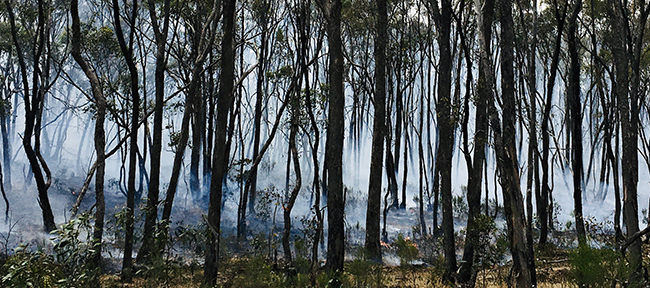
Walmer forest, November 2019: this small fire was lit as a training exercise to teach students how to identify the causes of fire. Less than 10% of fires are natural.
The Australian Institute of Criminology has estimated that only 6% of bushfires are natural. The rest are caused by arson, accident or carelessness. Figures for the Mount Alexander region are consistent with this estimate. What’s more, given the debate about climate change and fire, it’s worth recalling that the AIC in 2007 predicted that by 2020 global warming would bring about an increased risk of high or extreme fire danger days.
Further, it envisaged ‘fire seasons starting earlier and ending later. Longer seasons and more high fire danger days will result in fewer opportunities for prescribed burning and will require more resources to be devoted to bushfire suppression and control. Combined with the likelihood of increased water shortages, efforts to understand and prevent deliberate bushfires will become an increasingly important component of Australia’s fire management strategy.’
That was 12 years ago. According to Chloe Hooper, ‘It is estimated that only 1% of bushfire arsonists are ever caught.’ It seems that in the intervening time we haven’t progressed far in educating human beings that playing with fire is a dangerous activity.

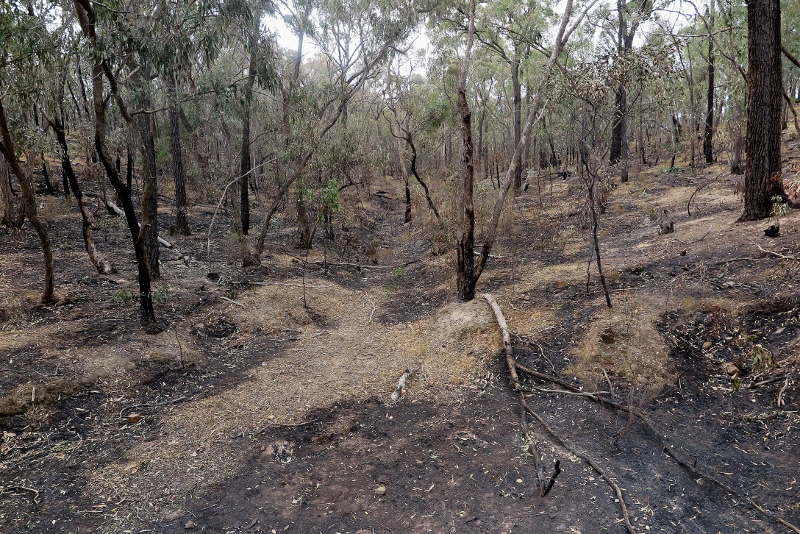
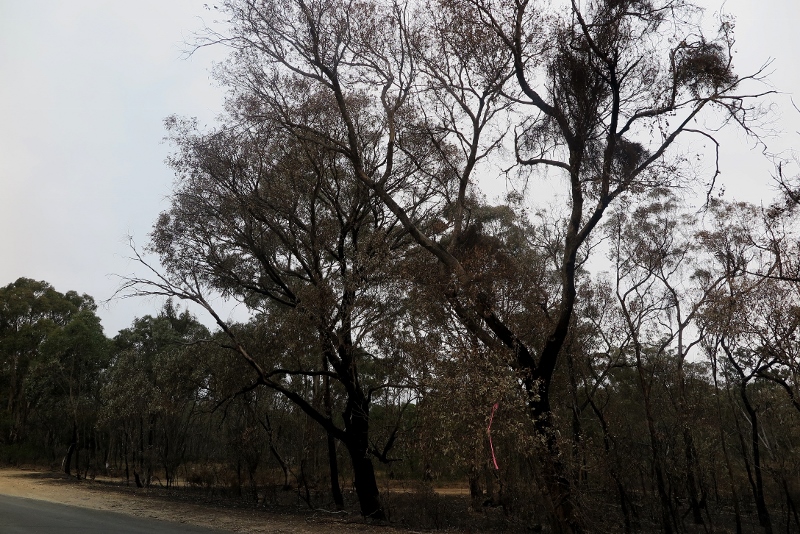
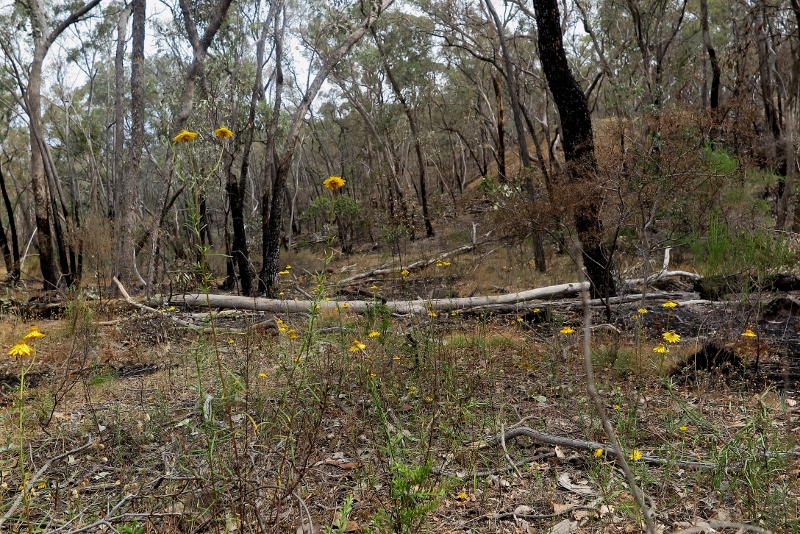

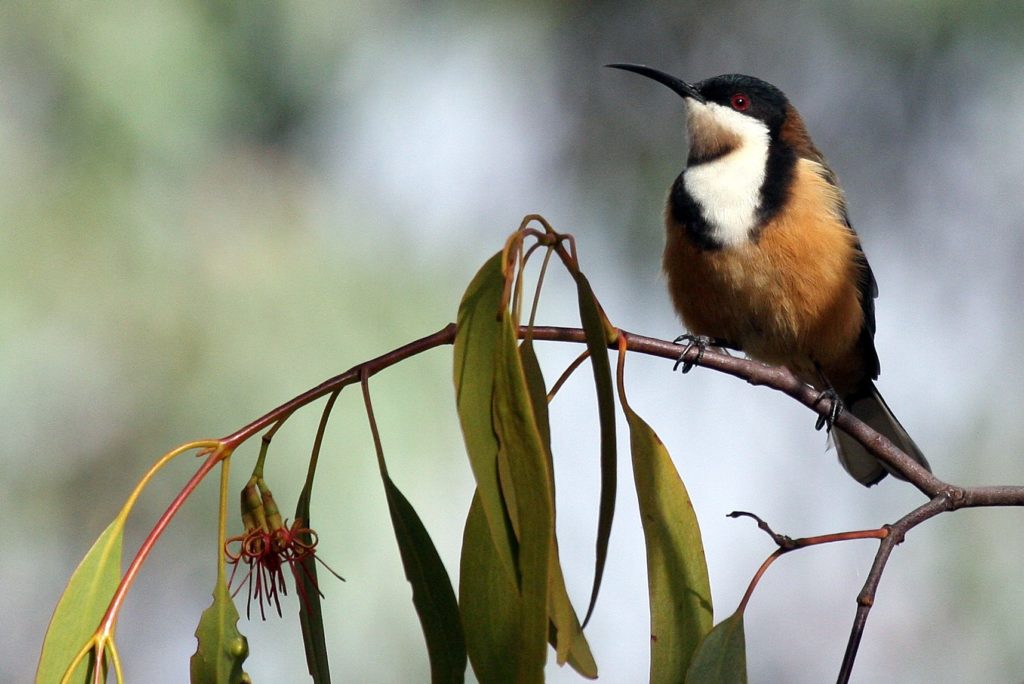
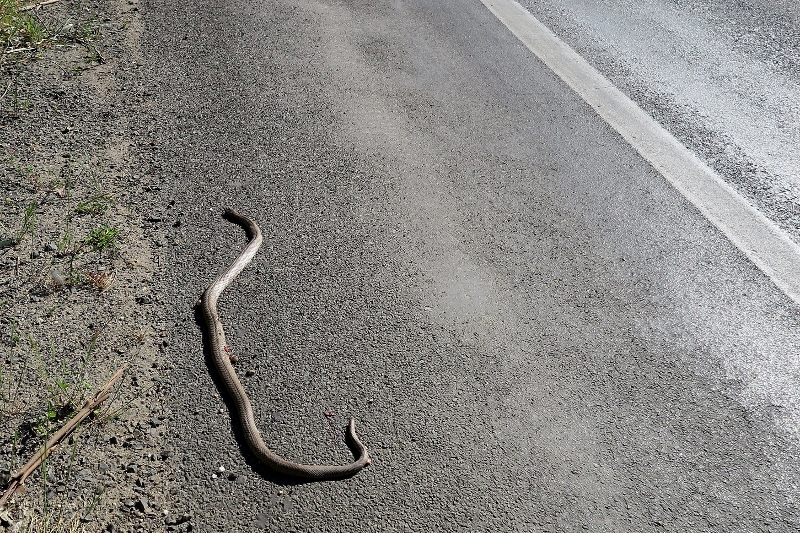



 Click on image for info/order page
Click on image for info/order page Click on image for info/order page
Click on image for info/order page Click on image for info/order page
Click on image for info/order page




















